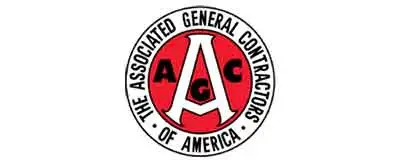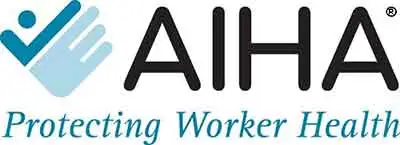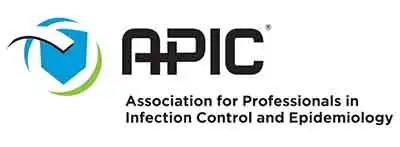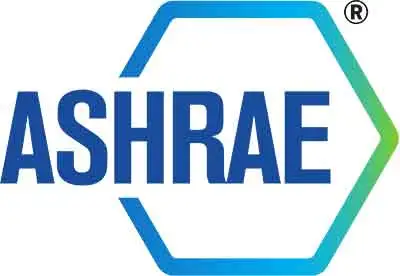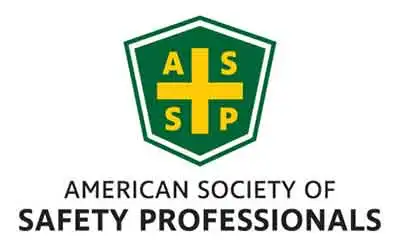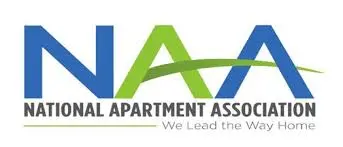Capabilities & Services
Forensic Analytical Consulting Services, Inc. (FACS) has become one of the country’s leading and most diverse industrial hygiene consulting firms.
With over 35 years of experience & staff of over 150 employees located in San Francisco, Sacramento, Bakersfield, Modesto, Fresno, Los Angeles, San Diego, Reno, Portland, Grand Rapids, Detroit, and Chicago, FACS is staffed with many experienced Certified Industrial Hygienists, environmental consultants, subject matter experts, project managers, site technicians, and hazardous building material accreditation trainers. As a leading public health company, we help ensure that your staff and visitors are safe and that any known hazards are understood and managed effectively.
Since 1986, FACS has provided asbestos, lead and mold surveys; indoor air quality evaluations; occupational exposure monitoring; health and safety plans; litigation support; environmental testing services; and a variety of other environmental health services. We frequently provide these types of services to contractors, facility managers and owners, healthcare professionals, attorneys, insurance companies and more.
We understand that business can’t wait. Our staff can respond quickly to client needs ranging from requests for information and sampling needs to emergency consulting services. Although tests, measurement tools and standards are imperative, it is people who matter the most. You need people who are concerned about your problem and experienced staff that are genuinely motivated to solve these problems for you and the people you serve.

Forensic Analytical’s professionalism, responsiveness and attention to detail have set the standard by which we judge other service providers and consultants used by The Cosmopolitan of Las Vegas. Randy Conner Director - Risk and Safety Management

FACS offers prompt and professional services. They are a valued member of our team and we can rely on them in any crises to ensure the safety of our employees and guests. Ben Simmons Facilities Project Manager, Extended Stay America
Case Study
FACS Experts Encounter an Odd Case of Lead Exposure
A family's young son suffered a mysterious illness, and a blood test revealed elevated levels of lead in his blood. Suspicion immediately turned to the apartment where the family resides, prompting the property owner to ask FACS for help with finding the source of lead exposure. The results of that investigation were quite surprising.

